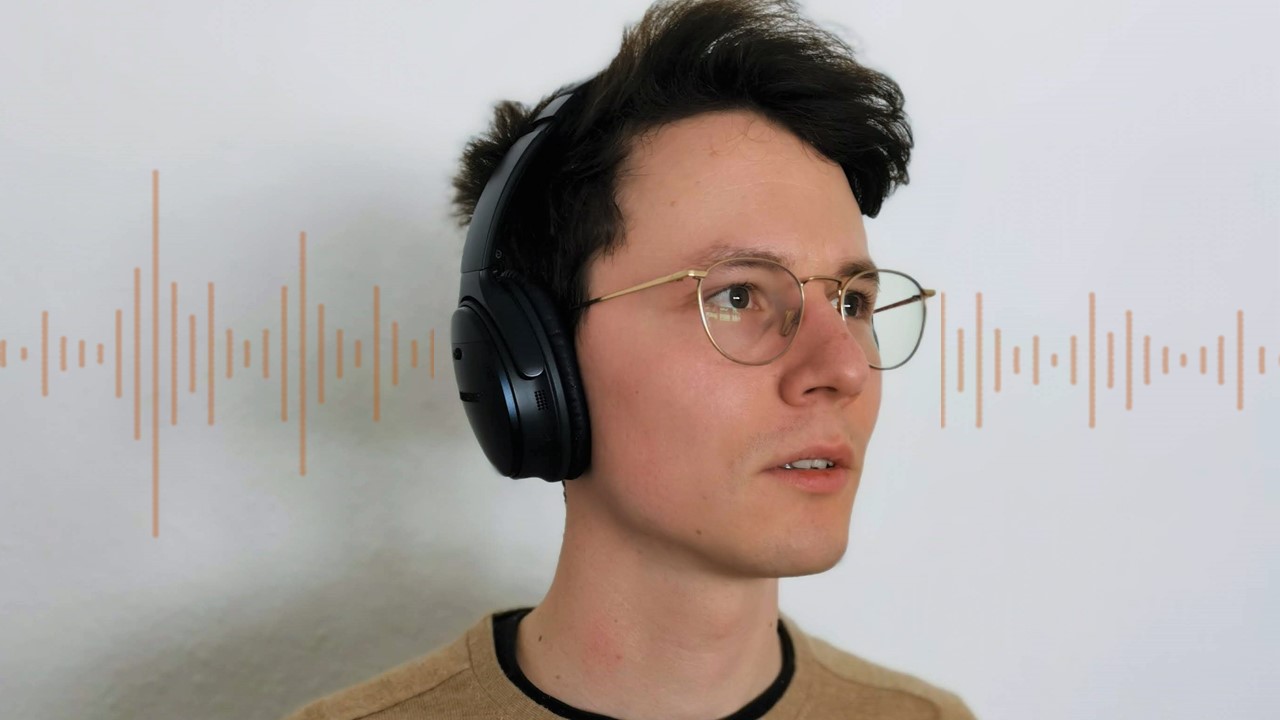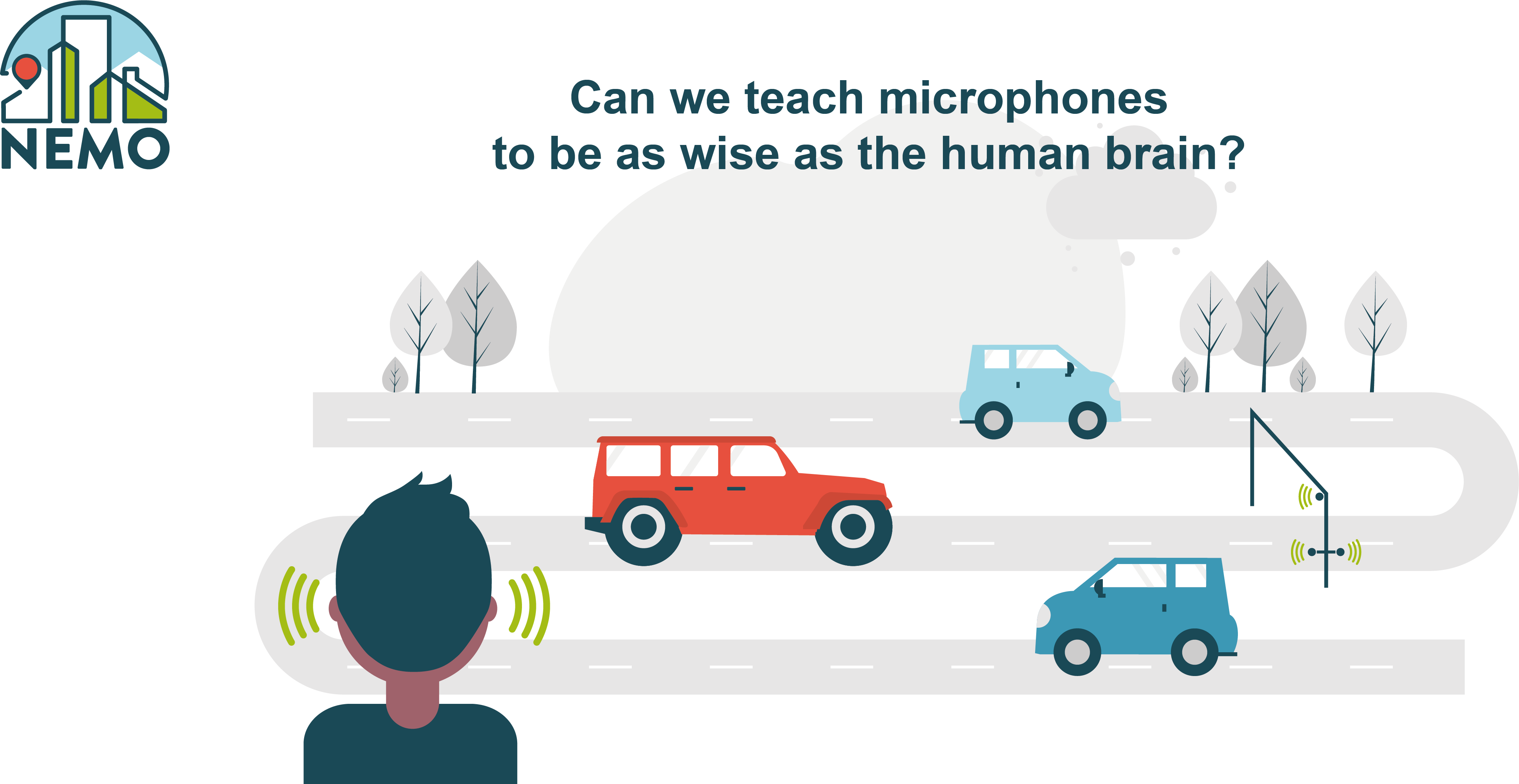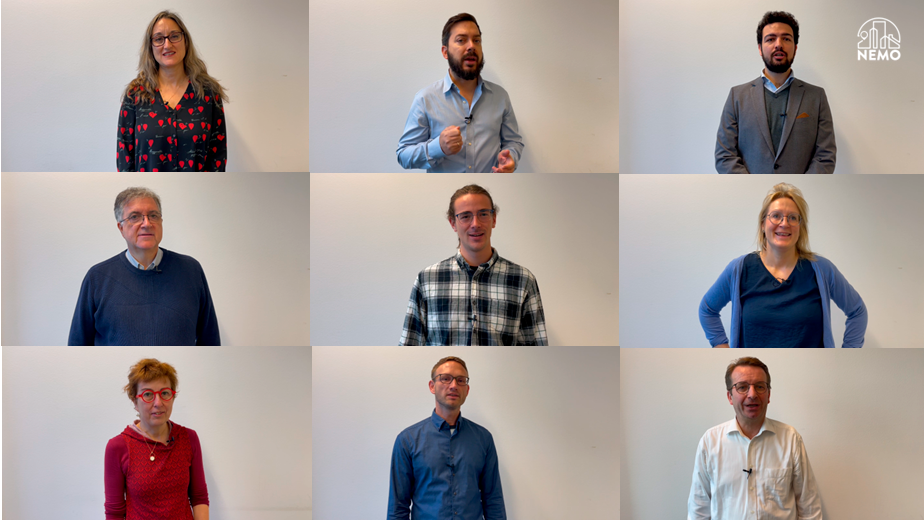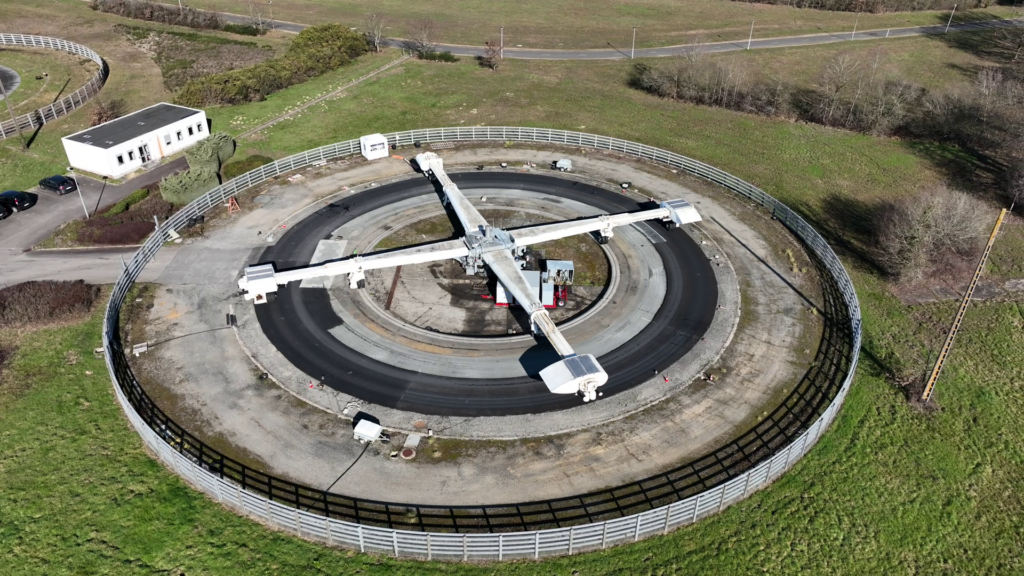The human brain’s ability to process sound arriving at two ears gives inspiration to a unique development of a remote monitoring systems of traffic noise. Müller-BBM is developing a microphone sensor system based on a specific set-up for microphones called microphone array, as part of NEMO’s European turn-key solution.

“The human auditory system works in a fascinating way. With the knowledge of the working principles of this evolutionary adapted acoustic localization we are able to recreate a similar device using microphone array technology, ”Nikolas Kirchhoff, consulting engineer and system developer at Müller-BBM GmbH (photo above).
Beyond pressure
A single microphone can capture the noise of a vehicle passing by. The sound pressure level can be calculated in decibel. But the loudness is not the only thing that is important to be sensed. To pinpoint a high emitter within a dense traffic stream, a system that can identify where the sound is coming from is key to its effectiveness. Müller-BBM are currently developing a technology that imitated the human brains unique capacity to discern and analyse sound sources.
Müller-BBM microphone array
Several microphones can achieve a more precise localization task by measuring the sound at different positions and combining the information to determine the direction the noise was coming from. The process is the same as the one happening in the human brain, processing the sound arriving at two ears, making it possible to identify the location of the acoustic source. So, in a way, everybody carries around their very own little microphone array. To develop a system that can discern origin, place, and level of traffic noise, we need a combination of several microphones that work together in what we call a “microphone array”.
The 17-centimetre rule
The microphone array technology developed in the NEMO project is inspired by the human brain’s unique capacity to discern and analyse sound sources. Two main microphones placed close to the road use the same horizontal spacing as the one of the human ears, namely 17 cm. This provides us with a localisation capacity like the human hearing system. Here, timing is the key. If sound is coming from the left, the left microphone (or ear) will notice the sound first, whereas the right microphone/ear will notice it with a slight delay. We can measure how much later the sound arrives and knowing the exact distance between the two receivers we are able to calculate the direction of the sound source.
Two ears – three microphones
In addition to the microphones placed close to the road, a microphone is placed on top of the road to help localize the distance of the sound source. When focusing on specific road lanes, an array of merely three sensors – and processing the different origins of the sound – is enough to achieve the task of localising a noise source. This means that the high emitters can be uniquely identified in a dense traffic stream, and further actions can be taken.

If you have any questions regarding this article, please contact:
Nikolas Kirchhoff, Nikolas.kirchhoff@mbbm.com
More of this

